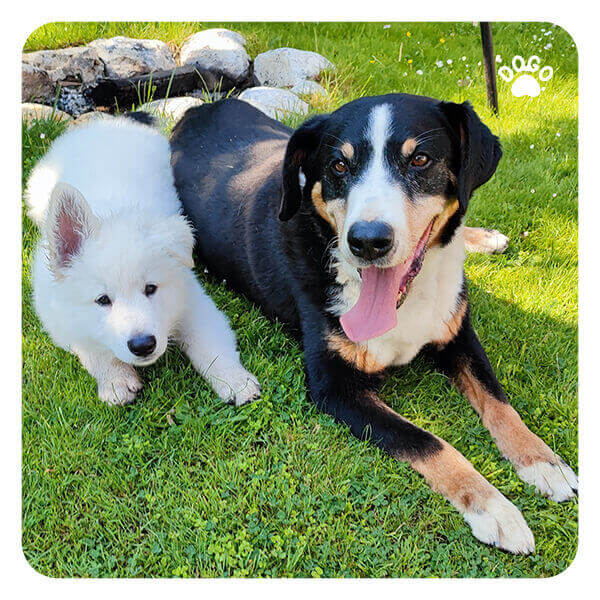 If you’re a dog owner, you may have experienced the joy of bringing a new furry friend into your home. Introducing dogs to each other can be an exciting yet delicate process. Dogs are social animals, but just like people, they have their own personalities and preferences. Some dogs may be eager to meet a new friend, while others might feel anxious or territorial. As a responsible pet owner, it’s vital to approach this introduction with patience, understanding, and careful planning. In this blog post, we’ll explore some practical tips and insights to help you introduce your dogs to each other in a harmonious and stress-free manner.
If you’re a dog owner, you may have experienced the joy of bringing a new furry friend into your home. Introducing dogs to each other can be an exciting yet delicate process. Dogs are social animals, but just like people, they have their own personalities and preferences. Some dogs may be eager to meet a new friend, while others might feel anxious or territorial. As a responsible pet owner, it’s vital to approach this introduction with patience, understanding, and careful planning. In this blog post, we’ll explore some practical tips and insights to help you introduce your dogs to each other in a harmonious and stress-free manner.
Understand Your Dogs’ Personalities and Body Language
Before bringing your dogs together, it’s essential to understand their individual personalities and body language. Dogs communicate through their body movements, facial expressions, and vocalizations. Some signs of a relaxed dog include a loose body, a wagging tail, and a natural, open mouth. On the other hand, signs of stress or anxiety may include a stiff body, raised hackles, and a tense facial expression. By familiarizing yourself with these cues, you can better assess your dogs’ feelings during the introduction process.
Create a Neutral Meeting Space
When introducing two dogs, it’s crucial to choose a neutral location for their first encounter. This could be a nearby park, a friend’s yard, or any space that neither dog has claimed as their territory. By selecting a neutral meeting space, you reduce the likelihood of territorial behavior and help both dogs feel more at ease. Keep both dogs on a leash during the first meeting, allowing them to approach each other gradually while maintaining control over the situation.
Use Positive Reinforcement and Patience
Positive reinforcement is a powerful tool when introducing dogs to each other. Use treats, praise, and gentle petting to encourage calm, friendly behavior. Reward your dogs for good manners and for displaying signs of relaxation and friendliness. It’s important to remain patient throughout the process, as some dogs may take longer to adjust to a new companion. Rushing the introduction can lead to unnecessary stress or potential conflicts. Give your dogs the time they need to build trust and familiarity with each other.
Observe and Manage Their Interactions
As your dogs begin to interact, pay close attention to their body language and vocalizations. Keep an eye out for signs of tension or discomfort, and be prepared to intervene if necessary. If you notice any signs of aggression or fear, calmly separate the dogs and give them a break before attempting another introduction. Gradually increase the duration of their interactions as they become more comfortable with each other. It’s important to set realistic expectations and understand that some dogs may take longer to form a bond.
Seek Professional Help if Needed
In some cases, introducing dogs to each other may be challenging due to underlying behavioral issues or past experiences. If you encounter persistent difficulties or signs of aggression, seeking the assistance of a professional dog trainer or behaviorist can be invaluable. These experts can provide personalized guidance and training techniques to help your dogs acclimate to each other in a safe and controlled manner.
In conclusion, introducing dogs to each other requires patience, understanding, and a thoughtful approach. By taking the time to understand your dogs’ individual personalities, creating a neutral meeting space, using positive reinforcement, and carefully managing their interactions, you can help foster a positive relationship between your canine companions. Remember that every dog is unique, and the introduction process may take time. With empathy and careful attention, you can create a harmonious environment where your dogs can thrive together.



